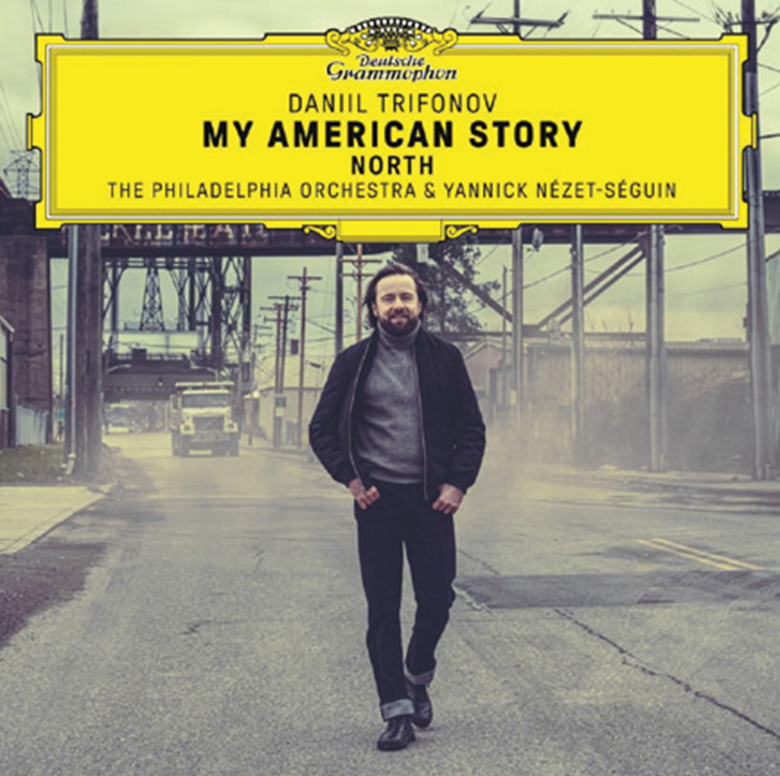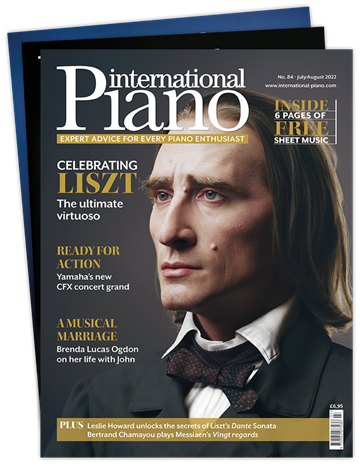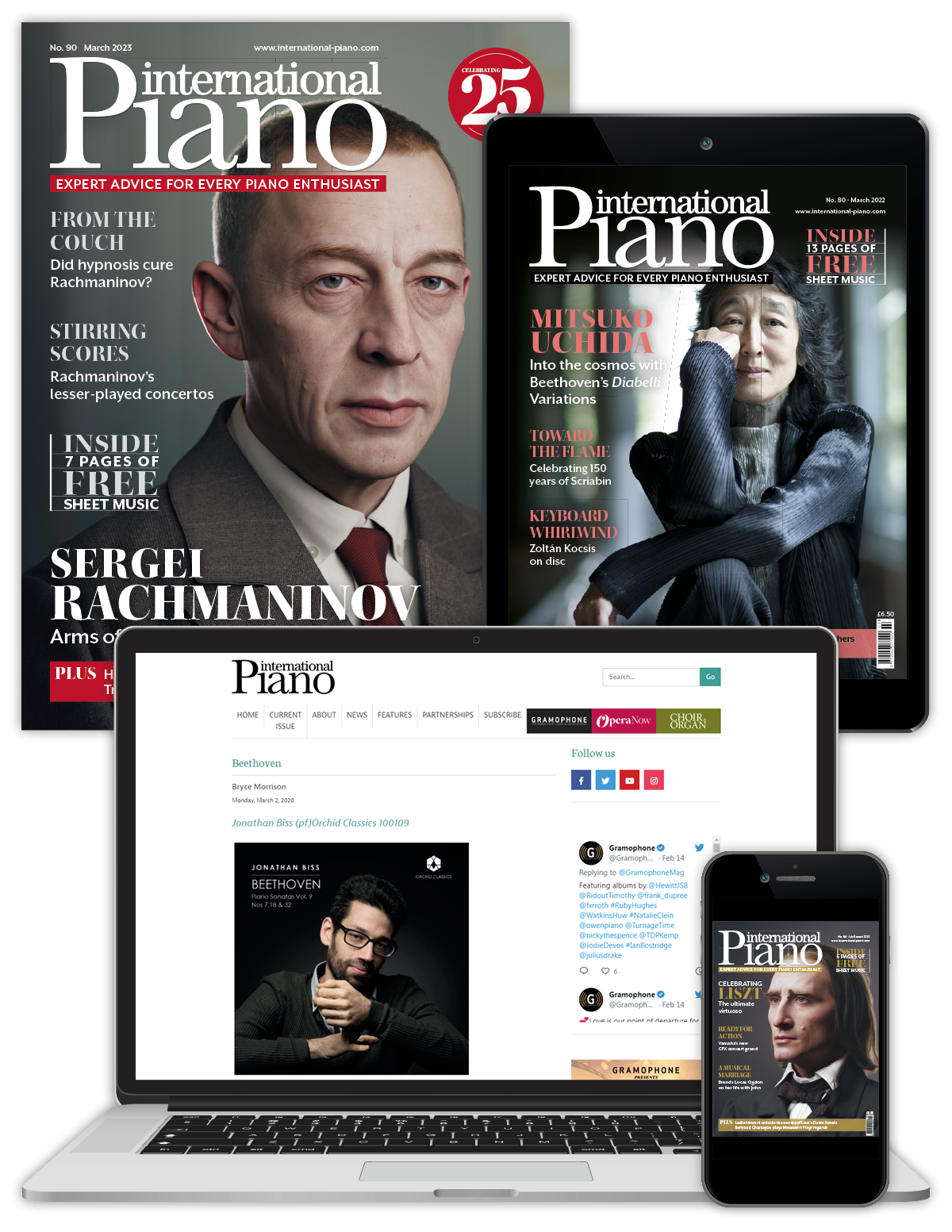‘My American Story – North’ (Daniil Trifonov)
Jed Distler
Tuesday, February 25, 2025
Trifonov understands the lean, intensely concentrated sound world of Copland’s Piano Variations and gives one of its best performances on record

There’s no doubting the wide stylistic scope and breadth of American works that Daniil Trifonov offers in this ambitious release. He opens with his own impressive transcription of Art Tatum playing Johnny Green’s I Cover the Waterfront. He conveys the fragility of Bill Evans’s When I Fall In Love (transcribed from a 1963 solo recording), while expanding Evans’s dynamic range by a few notches. Yet Dave Grusin’s Memphis Stomp swings quite idiomatically, while Thomas Newman’s Theme from American Beauty receives a hauntingly ethereal reading that is gripping. Trifonov understands the lean, intensely concentrated sound world of Copland’s Piano Variations and gives one of its best performances on record. Similarly, the pianist’s dramatic dynamic contrasts and cohesive tempo relationships in Corigliano’s Fantasia on an Ostinato yield nothing to reference recordings from Emanuel Ax, Nina Tichman and Ursula Oppens. He also brings a strong left-hand presence to John Adams’s frequently recorded China Gates. The Gershwin and Mason Bates Piano Concertos make a logical pairing in that both works draw heavily from the popular music of their respective eras. Gershwin, of course, epitomises the heady extroversion of 1920s jazz. One might describe the piano-writing in Bates’s outer movements as Rachmaninov as rewritten by Billy Joel and Keith Emerson. The slow movement’s gorgeous sustained opening eventually gives way to the Max Steiner/John Williams playbook’s soaring and sentimental melodies and emphatic climaxes. It will be no small task for future performers to match the level of this premiere recording. Yet even in a crowded catalogue, Trifonov and Nézet Séguin hold their own in the Gershwin Concerto. The outer movements are brisker and often more assertively phrased than usual; note, for example, the aggressive string crescendos in the finale, the punchy brass tuttis, and how Trifonov eats up the octave passages with Horowitzian fervour. He lingers over unaccompanied lyrical passages, but not indulgently so. Finally, John Cage’s 4'33" is represented by an ambient ‘field’ recording capturing street noise in the vicinity of New York’s Columbus Circle. All told, a stimulating and highly recommendable release.






